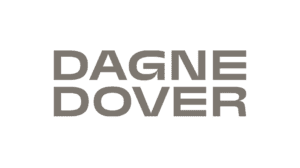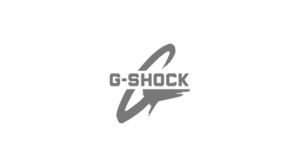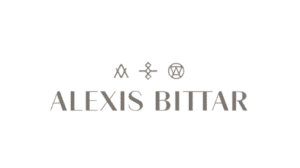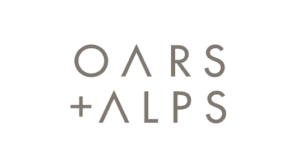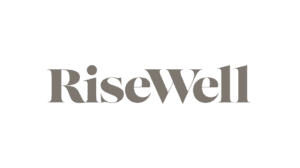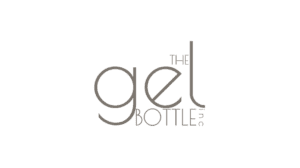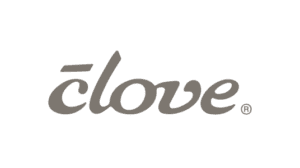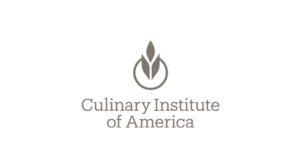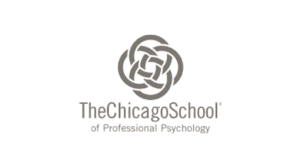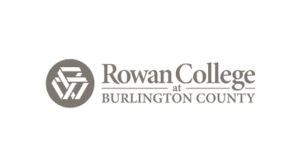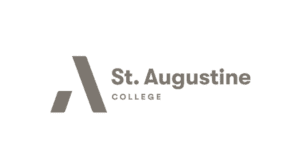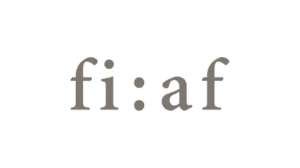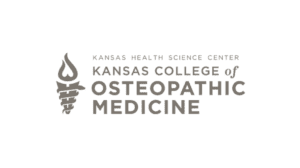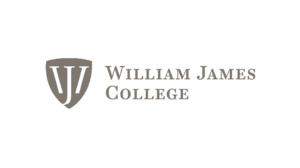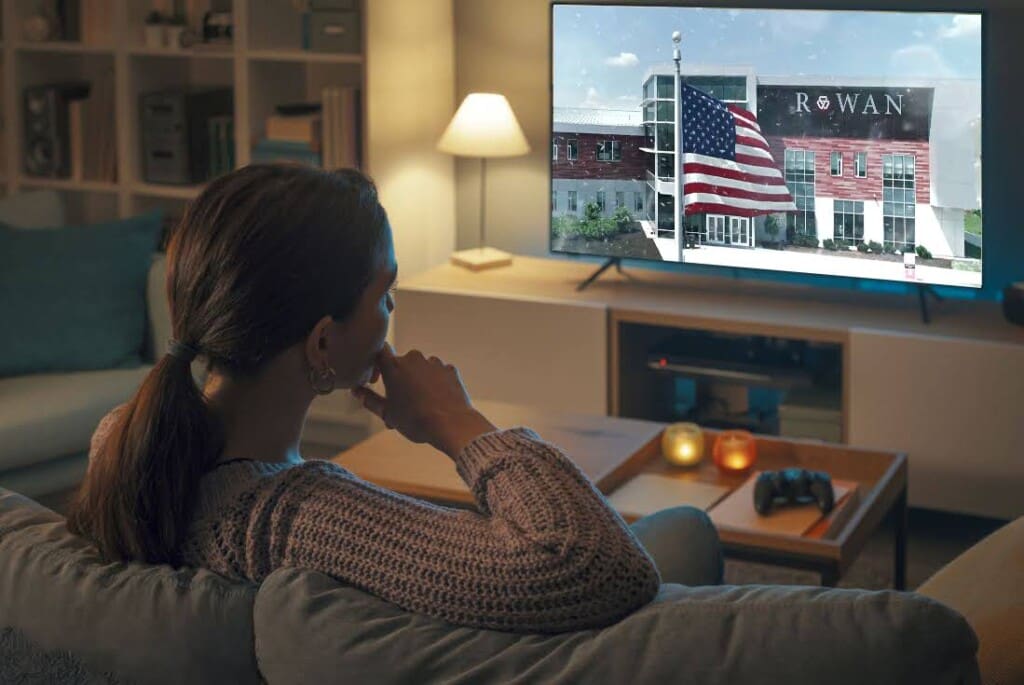Building a Scalable Growth Engine for Mission-Driven Organizations
Date
2025
Industry
Education, Non-Profit
Services
Cross-Channel, Email, Paid Media
Team
Lead Generation

Background
A national nonprofit organization focused on education and community engagement was looking to expand its reach, generate high-quality leads for its programs, and increase recurring donations. With a lean internal team and an evolving event schedule, the organization needed a performance-driven marketing strategy that could scale efficiently while remaining true to its mission. Their goal was to move beyond one-off awareness efforts and implement a sustainable growth engine that supported lead capture, re-engagement, and conversion across both B2B and B2C audiences.
Challenge
The organization faced a common yet complex challenge: how to grow sustainably without overwhelming internal resources. While there was strong mission alignment with communities across the country, the team lacked a clear system for capturing and nurturing that interest at scale. Existing marketing efforts were mostly ad hoc, with limited segmentation, unclear attribution, and inconsistent donor engagement. With ambitious goals to increase event attendance, secure more tour bookings, and grow recurring donations, the organization needed a full-funnel strategy that could drive both immediate actions and long-term supporter relationships—without requiring a large in-house marketing team to manage it all.
+60%
increase in monthly lead volume
–31%
decrease in cost per lead
42%
email open rate and 4.4% CTR
Strategy Overview
To meet these goals, we developed an integrated strategy that spanned paid media, email marketing, and creative campaign development. Rather than operating in silos, each channel was designed to complement and inform the others—ensuring that media performance, lifecycle automation, and storytelling worked together to convert interest into action. This approach allowed us to build a funnel that consistently moved users from passive awareness to lead capture and ultimately to donation and advocacy. The strategy was grounded in segmentation, personalized content, and infrastructure that supported continuous testing and optimization.
What Made This Work
The success of this initiative came down to cross-functional alignment, data-driven iteration, and message-market fit. Weekly collaboration between media, email, and creative teams enabled quick feedback loops and continuous improvement. Tailored audience segmentation allowed the organization to speak directly to the unique interests of donors, volunteers, educators, and community partners—making every campaign feel personal and relevant. A robust tracking and attribution setup gave us clear visibility into what was working and where optimizations were needed. And finally, the creative approach balanced emotional resonance with action-oriented messaging, ensuring every touchpoint moved users closer to meaningful engagement.
Paid Media: Targeted Lead Acquisition & Creative Testing
On paid media, our focus was on Meta (Facebook and Instagram) as the primary acquisition platform. By March 2025, this approach had generated 333 qualified leads, marking a 60% increase in monthly lead volume compared to January. We also reduced the cost per lead by 31%, bringing it down from $15 to $10, while improving overall click-through rate from 5.61% to 6.79%.
These results were achieved through a mix of full-funnel campaigns, location-specific targeting, and audience segmentation by job titles and interests, such as DEI professionals and educators. Ad creative was updated regularly to reflect campaign themes and geographic relevance, while landing pages were optimized for conversion with integrated tracking to measure performance clearly and consistently.
These results were achieved through a mix of full-funnel campaigns, location-specific targeting, and audience segmentation by job titles and interests, such as DEI professionals and educators. Ad creative was updated regularly to reflect campaign themes and geographic relevance, while landing pages were optimized for conversion with integrated tracking to measure performance clearly and consistently.
Email Marketing: Lifecycle Journeys & Donor Activation
Email marketing played a crucial role in nurturing leads and driving donor actions. Using Constant Contact, we built and launched segmented email workflows that delivered open rates as high as 42% and click-through rates ranging from 3% to 4.4%. Lifecycle automations were triggered through integrations with both Facebook Lead Ads and Unbounce landing pages, allowing us to immediately engage new contacts with relevant messaging.
Our segmentation strategy enabled the team to tailor communication by lifecycle stage, whether someone was a past attendee, new lead, or existing donor. Messaging was humanized through plain-text outreach from the organization’s leadership, while visually branded templates were developed for seasonal campaigns and mission milestones. Each campaign was tied to a tracked landing page or donation form, which allowed us to monitor downstream conversions and optimize campaign structure over time.
Our segmentation strategy enabled the team to tailor communication by lifecycle stage, whether someone was a past attendee, new lead, or existing donor. Messaging was humanized through plain-text outreach from the organization’s leadership, while visually branded templates were developed for seasonal campaigns and mission milestones. Each campaign was tied to a tracked landing page or donation form, which allowed us to monitor downstream conversions and optimize campaign structure over time.
Creative Strategy: Mission-Driven Messaging with Audience Relevance
Creative content was developed to reinforce the organization’s purpose while driving specific user actions. We created a library of evergreen and campaign-specific assets designed for different stages of the funnel. Geographic customization helped localize messaging for specific event markets, while emotional storytelling anchored every asset in the mission’s real-world impact.
We also developed a creative testing calendar to maintain consistency in performance tracking and iteration. Messaging leaned into themes of collective action and lasting change, with calls-to-action framed around educational empowerment and community involvement. This approach helped deepen engagement and differentiate the organization from other cause-based campaigns in the space.
We also developed a creative testing calendar to maintain consistency in performance tracking and iteration. Messaging leaned into themes of collective action and lasting change, with calls-to-action framed around educational empowerment and community involvement. This approach helped deepen engagement and differentiate the organization from other cause-based campaigns in the space.
Lifecycle & Infrastructure Enhancements
Behind the scenes, we made several infrastructure improvements to support lead qualification and downstream activation. We integrated all lead sources—such as Meta and Unbounce—with the organization’s CRM and email platform to ensure no contact fell through the cracks. A lead tagging and archiving system was implemented to remove cold or unresponsive contacts, allowing the team to focus on nurturing high-intent prospects.
We also built targeted outreach lists, filtering by geography and professional title to connect with high-value stakeholders such as educators, faith-based leaders, and local government officials. These backend improvements helped streamline internal workflows while increasing the quality of leads funneled into campaign efforts.
We also built targeted outreach lists, filtering by geography and professional title to connect with high-value stakeholders such as educators, faith-based leaders, and local government officials. These backend improvements helped streamline internal workflows while increasing the quality of leads funneled into campaign efforts.








